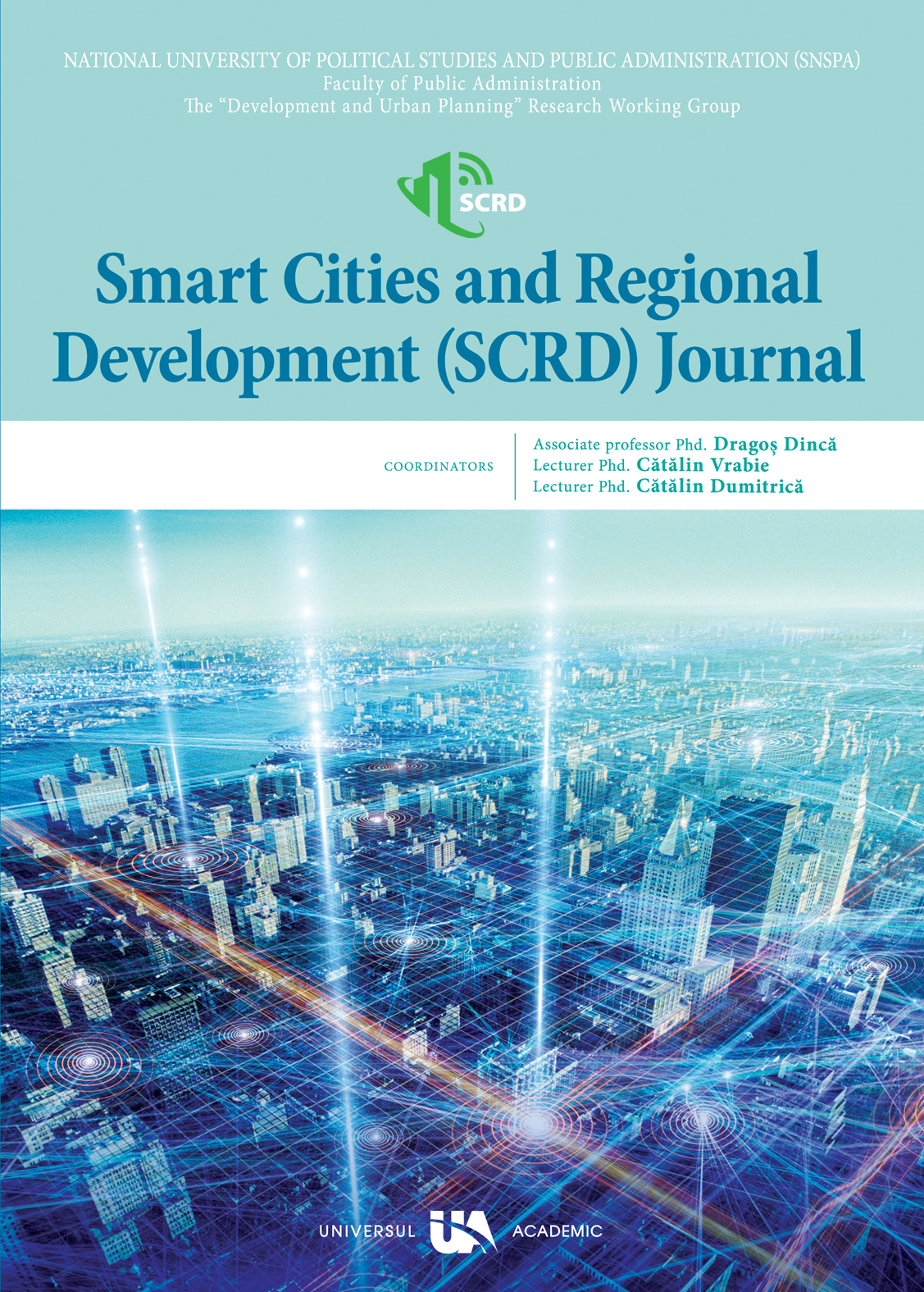Beyond indicators, new methods in Smart city assessment
Beyond indicators, new methods in Smart city assessment
Author(s): Boglárka BARSISubject(s): Social Sciences
Published by: Editura Universul Academic (SC GOOD LUCK SRL)
Keywords: evaluation;individual aspects;limits of indicators;
Summary/Abstract: In the past years, cities are increasingly aware of the concept of “smart city” and actively developing strategies towards the goal of becoming “smart” and manage, more efficiently, city resources and addressing development and inclusion challenges. The growth of smart cities is helping the increase of government use of ICTs to improve political participation, implement public policies or provide public sector services. There are also sharp critics of smart city concept, regarding it only a marketing tool applied by all the cities using some forms of ICT, as a label or brand of successfulness. That is why the elaboration of smart city assessment tools and performance measurement systems are needed in order to sort out real smart cities and effective smart city methods and solutions. Various evaluation methods, models for understanding and conceptualizing smart cities have been developed to explain smart city concepts, which aim to define their scope, objectives and architectures. The multidimensionality of smartness coupled with cities’ complexity, calls for specific assessments able to distinguish between different dimensions of smartness. The usage of indicators is relatively simple, clear, easily interpretable, easy to understand, visualize, compare and reproducible in time and space. Still, from the review of different smart city rankings and indexes some limits and problems can be derived. A meaningful smart city assessment method should be able to measure individual well-being and satisfaction in the city in a comparable and dynamic way which is a very complex goal. Methodological limits, practical and economical obstacles of data collection at settlement level are also affecting the elaboration of better evaluation system. More specific, focusing on city’s vision, strength and weaknesses, using bottom-up approach assessment methods are needed.
Journal: ORAȘE INTELIGENTE ȘI DEZVOLTARE REGIONALĂ
- Issue Year: II/2018
- Issue No: 01
- Page Range: 87-100
- Page Count: 14
- Language: English

